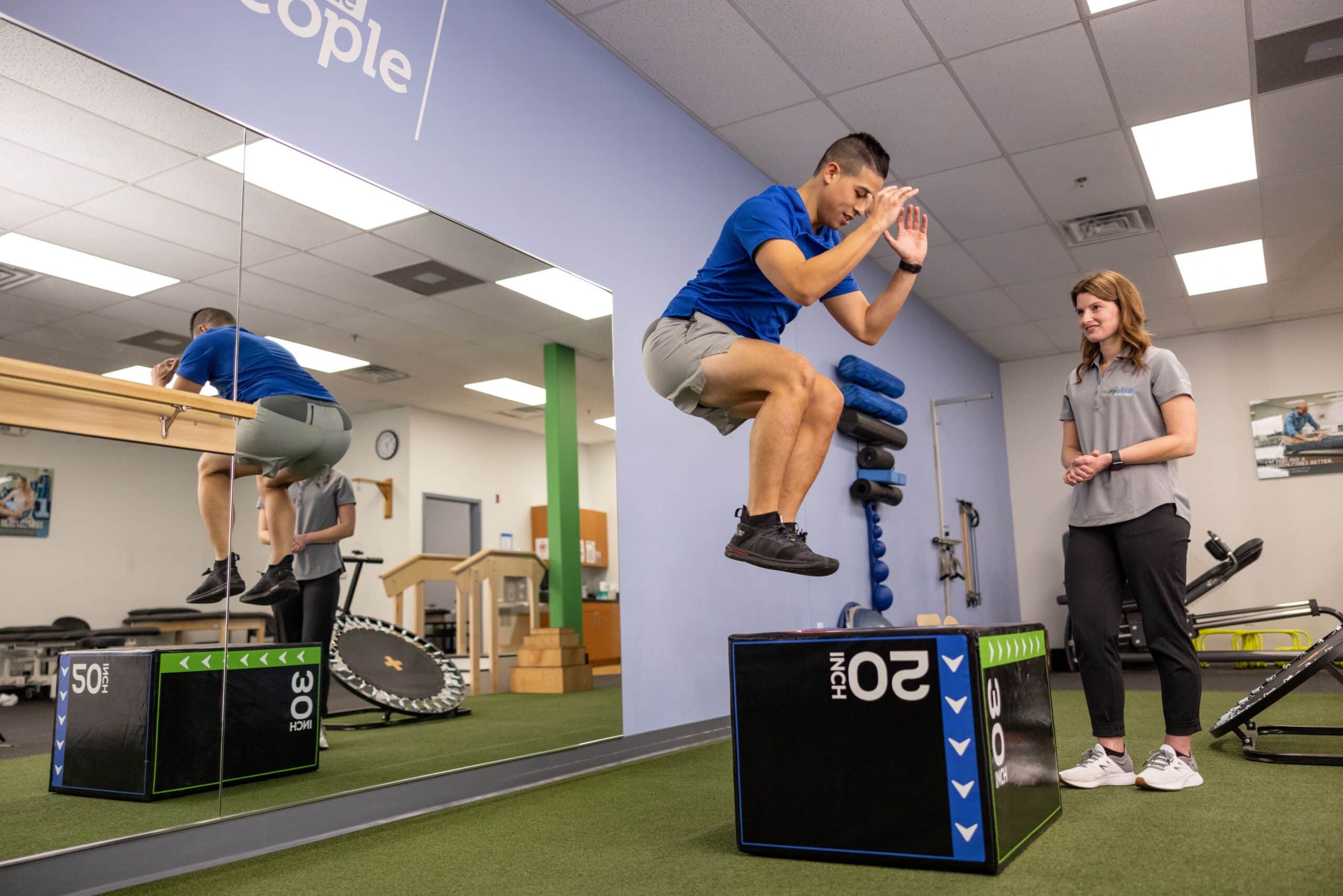Enhancing Efficiency and Reducing Harm Risk through Thorough Assessment of Equilibrium and Steadiness via Functional Movement Assessment.
Enhancing Efficiency and Reducing Harm Risk through Thorough Assessment of Equilibrium and Steadiness via Functional Movement Assessment.
Blog Article
Balance and steadiness are crucial elements of bodily wellness and overall health. They serve a critical part in everyday activities, sports capability, and harm avoidance. When an person has good balance and steadiness, they are not as prone to trip or incur damages during bodily exercises. One effective way to assess these qualities is through Functional Motion Assessment (FMS). FMS is a tool used to evaluate movement patterns and identify imbalances or deficiencies that could lead to harm.
Practical Motion Assessment includes a sequence of specific tests that assess how effectively a individual functions. The tests focus on fundamental movements such as squatting, lunge, and flexing. By watching these actions, coaches and healthcare professionals can identify areas where an person may have difficulty. For example, if someone has trouble keeping equilibrium while performing a squat, it may suggest a need for specific workouts to improve strength and control. This assessment not only detects deficiencies but also helps to monitor advancement over time.
In addition to identifying areas for improvement, FMS plays a crucial part in avoiding injuries. Many injuries occur as a result of inadequate movement mechanics, which can be identified through practical evaluations. By addressing these issues early on, individuals can lower electrical stimulation therapy their likelihood of harm during athletic or other physical activities. For instance, a runner who shows an discrepancy in their stride may be more prone to knee harm. By adjusting these imbalances through specific training programs, the chance of harm can be significantly decreased.
Furthermore, enhancing capability is another advantage of conducting a comprehensive assessment of equilibrium and steadiness. Athletes and active individuals often aim to enhance their performance in specific sports or tasks. A comprehensive understanding of their motion patterns allows coaches to develop personalized exercise programs that target specific deficiencies. By enhancing balance and stability, athletes can improve their total performance, whether it’s running more quickly, jumping higher, or performing exact movements in their sport.
In summary, the significance of assessing balance and steadiness through Practical Movement Assessment cannot be exaggerated. This comprehensive assessment serves as a basis for improving physical wellness, preventing injuries, and improving sporting performance. By recognizing areas of deficiency and implementing targeted exercise approaches, people can achieve better outcomes in their bodily activities. Emphasizing balance and steadiness additional info not only leads to improved capability but also contributes to a more wholesome, increasingly active way of life.